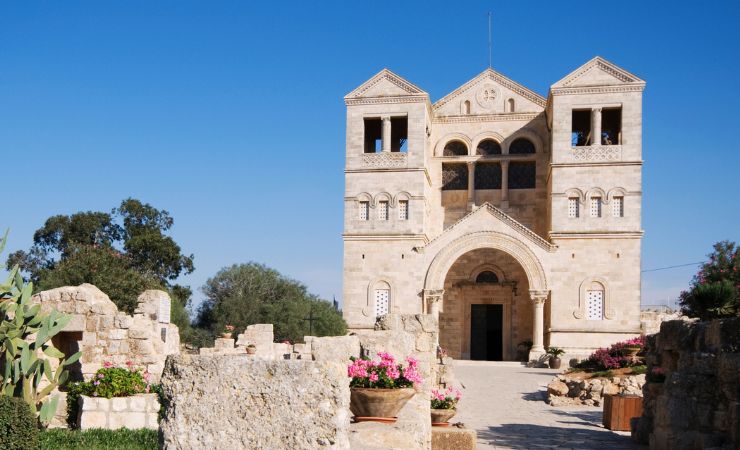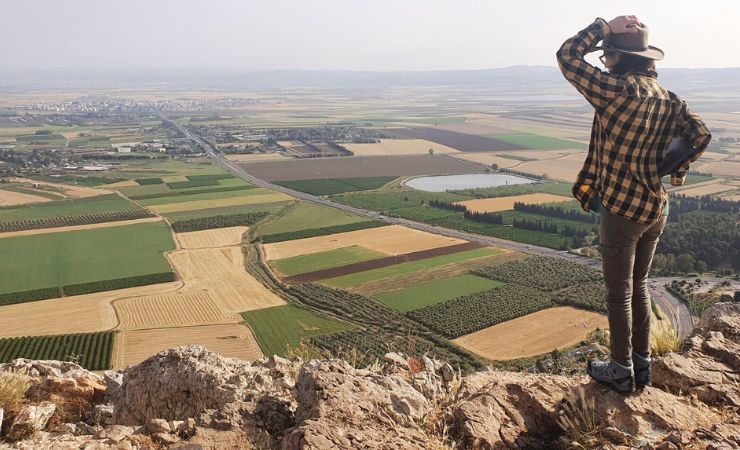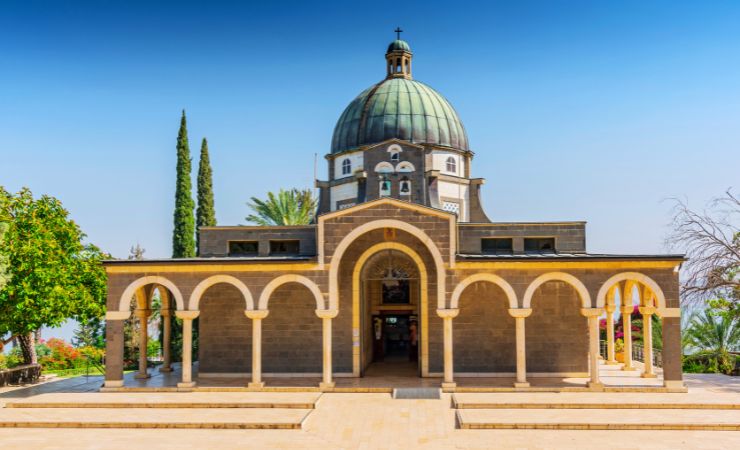Hippos-Sussita: The Majestic Echo of the Decapolis
Above the Sea of Galilee, the ancient city of Hippos-Sussita stands. With its rich Hellenistic and Roman history, this archaeological site opened in 2024, it offers you a journey through time, revealing tales of power and artistry.
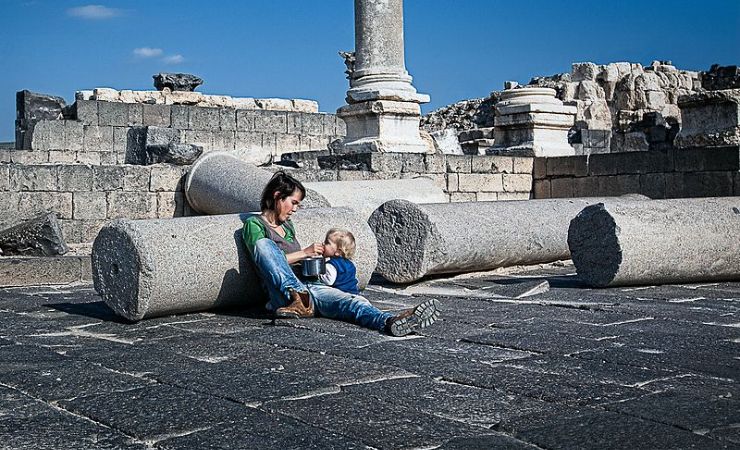
Location
Hippos-Sussita is located on a hill, east of the Sea of Galilee. It offers a panoramic view of the Jordan Valley and the shimmering waters of the Sea of Galilee. This is strategic location made it a significant city in ancient times.
History: A Glimpse into the Past
Founded around 200 BCE as Antiochia Hippos by the Seleucids, the city was later renamed Sussita during the reign of the Hasmonean ruler, Alexander Jannaeus. Both the Greek name “Hippos” and the Aramaic name “Sussita” translate to “horse,” reflecting the city’s emblem and perhaps its spirit.
The city was a member of the Decapolis, a league of ten cities. Because of this, the city was deeply influenced by Greco-Roman culture. This association made it a hub of art, trade, and politics. The city’s significance continued through the Roman period, where it enjoyed autonomy and minted its coins, often stamped with the image of a horse.
However, like many ancient cities, Hippos-Sussita faced its share of challenges. It was conquered by the Hasmonean ruler Alexander Yanai and later became a part of the Roman Provincia Syria. Despite these changes in rulership, the city thrived, especially during the Roman period, when it became a part of the Decapolis.
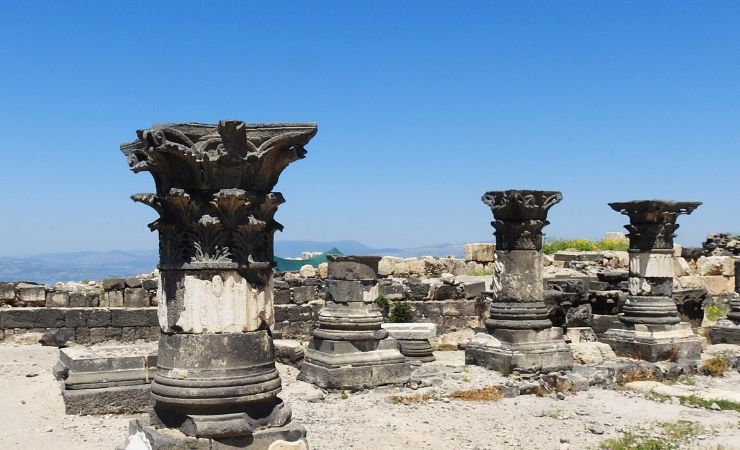



Recent Archaeological Discoveries at Hippos-Sussita
Ongoing excavations have unveiled a plethora of artifacts and structures that shed light on the city’s vibrant past. One of the most intriguing discoveries is a fresco of the Greek goddess Tyche, found in a peristyle home. This fresco, along with depictions of Tyche on several excavated coins, offers insights into the city’s religious and cultural inclinations.
Moreover, the Hippos-Sussita Excavations Project, initiated in 2000, has been instrumental in uncovering the city’s architectural and artistic marvels. From Hellenistic sanctuaries and Roman temples to Byzantine churches, the city’s diverse architectural styles narrate tales of its glorious past.
The Hellenistic Compound: This is the oldest architecture excavated at at the site, dating back to the end of the 2nd century BCE. The compound bordered the forum on the north, which likely functioned as the main square (agora) during the 2nd century BCE. The Hellenistic temple within this compound was replaced by a new temple in the Early Roman period. Above the temple remains, the Northwest Church was constructed in the second half of the 5th century CE, revealing mosaic floors and three chancels with broken church furniture and reliquaria.
The Forum and Street Network: The forum was the main square of Roman and was surrounded by porticoes and significant Roman public structures. Excavations have revealed many layers of packed-earth and plastered floors from the Hellenistic period. The city had a main thoroughfare, the decumanus maximus, which crossed the city from east to west. Recent excavations have dated this street to the first half of the 1st century CE.
City Fortifications and Gates: Hippos was surrounded by a solid fortification wall built of basalt ashlars. The city had two gates, the West Gate and the excavated East Gate. The East Gate had a round tower designed for missile launchers to defend against approaching enemies.
The Roman Basilica: This was a main public building found in all Roman cities. The fully excavated basilica was constructed at the end of the 1st century CE and was decorated with stucco pilasters and painted in various shades.
The Southern Bathhouse: This was the main public bathhouse of Roman Hippos, built in the 2nd century CE. It featured a Roman-style floor and wall heating system and was decorated with slabs of imported stones.
The Odeion: An odeion is a small, roofed theatre-like building. The fully excavated odeion was erected in the early 2nd century CE and had a seating capacity of approximately 380 spectators.
Hippos (Sussita) 2025 Excavations
Volunteers are being recruited for the 2025 excavation season between July 13th – July 31st 2025. The areas that will be excavated include the Roman-period theater at the Saddle Compound and the Western decumanus maximus, cardo and insulae.
Click for more information
Nearby Sites
- Kursi: Kursi is believed to be the site where Jesus performed the Miracle of the Swine. Today, it houses the remains of a Byzantine monastery and church.
- Ein Kshatot (Umm el Kanatir): This site showcases the impressive ruins of a Jewish village from the Byzantine period. Its highlights include a restored ancient synagogue.
- Capernaum: Often referred to as “Jesus’ own city,” The ancient ruins include a synagogue and the supposed home of Saint Peter and the Orthodox Church of the twelve Apostles.
- Bethsaida: Bethsaida is mentioned is the birthplace of apostles Peter, Andrew, and Philip and the site of several of Jesus’ miracles.

